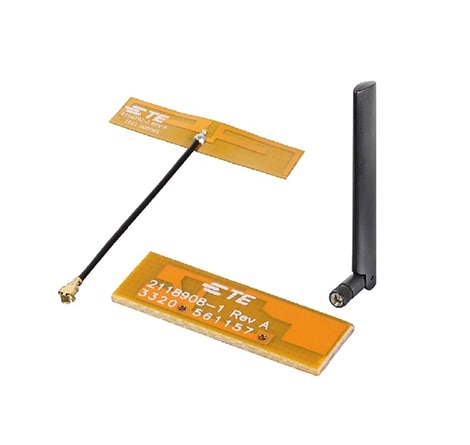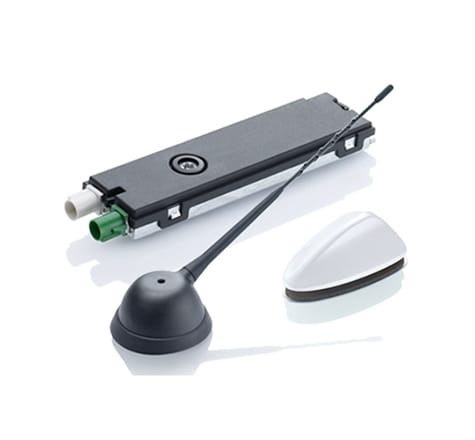
Antennas for Wi-Fi 6E and Wi-Fi 7 Applications
Experience the future of connectivity with our cutting-edge Wi-Fi 6E and Wi-Fi 7 antennas. Designed to deliver enhanced speed and performance, via tri-band connectivity, these antennas will enable access to the latest speeds and capabilities. With the current availability of Wi-Fi 7 expanding and the expected rollout of billions of Wi-Fi 7 devices our antennas can help you. Explore our Wi-Fi 6E and Wi-Fi 7 antenna capabilities or get in touch to speak to a member of our team.
Our Wi-Fi 6E and Wi-Fi 7 antennas can help to provide a robust and reliable connection, even in the most demanding of environments. In an increasingly connected world, don’t let your network be the bottleneck. Upgrade to our Wi-Fi 7 antennas and experience the internet like never before. Fast, reliable, secure - that’s the promise of our Wi-Fi 7 antennas. Don’t settle for less. Step into the future with us. Experience the difference today.
TE's Capabilities in Wi-Fi 6E and Wi-Fi 7
- Extensive R&D, engineering and production capabilities
- Global reach and availability through a large partner and distribution network
- Modifications of existing TE part numbers available for updates such as connector changes, cable lengths etc to meet specific requirements
Wi-Fi Resources
Wi-Fi - A Brief History
Wi-Fi has been a popular IoT communication protocol for many years. This is down to many factors, but the unlicensed nature of the frequency bands, plus the ability to carry multiple users on a number of available channels are key.
For many years Wi-Fi communications were covered by two distinct frequency bands (2.4 and 5.5 GHz). The last update to these dual-band Wi-Fi standards was in 2109 when Wi-Fi 6 was introduced. Wi-Fi 6 made use of the traditional 2.4 and 5.5 GHz frequency bands but had increased security protocols and speeds available for users.
Wi-Fi 6E was the first major expansion of the available Wi-Fi frequency bands in almost 20 years. It saw the introduction of what is known as the 6GHz band which spans 5.925 to 7.125 GHz.
This introduction was significant, because not only is this a large range of additional spectrum but in the higher frequencies bandwidth is also increased. This means higher available speeds for users and more users able to access the same network simultaneously.
What is Wi-Fi 7?
Wi-Fi 7 refers to the latest amendment from IEEE standard 802.11ax to 802.11be for wireless communication. The new standard expands maxiumum theoretical link rate to 46120 Mbit/s, encompasses all three frequency bands in the previously established Wi-Fi 6E standard. It is also backwards compatible with legacy Wi-Fi 5, Wi-Fi 6, and Wi-Fi 6E standards.
Wi-Fi 7 Features
- Maximum theoretical data connections of 42 Gbps
- Extremely High Throughput (EHT)
- 1200 MHz of added frequency bandwidth, accommodating 14 additional 80 MHz channels, 7 additional 160 MHz channels, or 3 320 MHz Channels
- 320 MHz channels
- Multi-Link Operation (MLO)
- 4K QAM
- 512 compressed block ack
- Multiple RUs to a single STA
- Triggered Uplink Access
- Emergency Preparedness Communication Services (EPCS)
Wi-Fi 7 Benefits
- 2x higher throughput
- 20% higher transmission rates
- Deterministic latency for network flexibility with reduced congestion
- Faster and more reliable speed experience with reduced latency
- Reduced transmission overhead
- Enhanced efficiency and security
Markets & Applications
- Internet of Things (IoT) devices
- Wi-Fi access points
- Wi-Fi gateways
- Wi-Fi routers
- Wi-Fi modules
- Building safety & security
- Smart cities & homes
- Smart medical & health devices
- Wi-Fi hotspots



